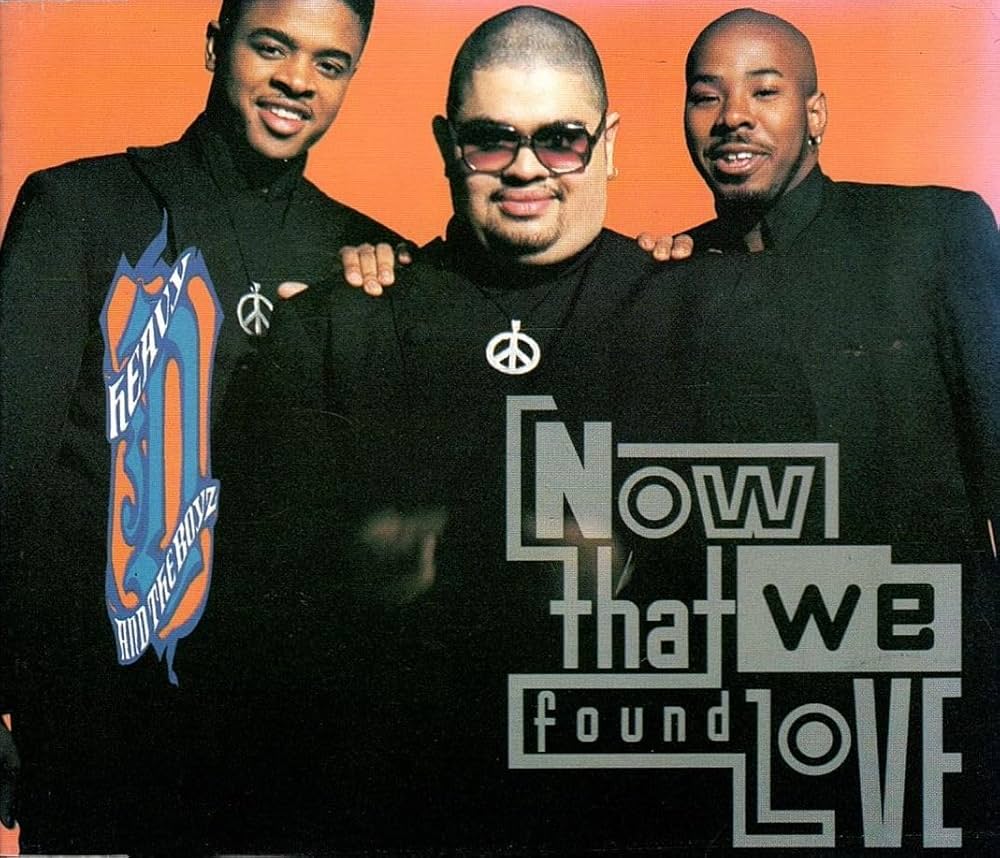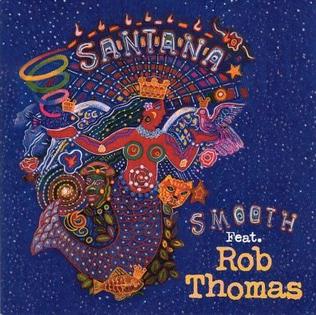 When Beck Hansen released “Where It’s At” in 1996, the world didn’t quite know what to make of him — a shaggy-haired, thrift-store poet who’d already delivered a slacker anthem with “Loser” two years earlier and was now pushing into stranger, funkier, and more sophisticated territory. But that was the point. “Where It’s At” wasn’t meant to fit neatly anywhere. It was the sound of alternative rock growing up, getting weird, and falling in love with hip-hop, sampling, and irony all at once. It was also the sound of a new kind of artist: one who could collage culture the way a DJ scratches records, blending vintage soul, robotic funk, and absurdist poetry into something that shouldn’t make sense — but does.
When Beck Hansen released “Where It’s At” in 1996, the world didn’t quite know what to make of him — a shaggy-haired, thrift-store poet who’d already delivered a slacker anthem with “Loser” two years earlier and was now pushing into stranger, funkier, and more sophisticated territory. But that was the point. “Where It’s At” wasn’t meant to fit neatly anywhere. It was the sound of alternative rock growing up, getting weird, and falling in love with hip-hop, sampling, and irony all at once. It was also the sound of a new kind of artist: one who could collage culture the way a DJ scratches records, blending vintage soul, robotic funk, and absurdist poetry into something that shouldn’t make sense — but does.
By the time Odelay dropped in 1996, Beck had fully shrugged off the “one-hit wonder” label that “Loser” had hung around his neck. “Where It’s At” became both a manifesto and a mission statement — a swirling, swaggering fusion of analog grit and digital imagination. The track didn’t just define Beck’s career; it defined a moment when alternative music stopped rebelling against pop and instead began remixing it. With its famously cool refrain — “I got two turntables and a microphone” — Beck managed to capture the essence of creative freedom: a celebration of sound, style, and self-awareness in a single looping beat.
The Song That Made Beck a Cultural Architect
“Where It’s At” was the lead single from Odelay, Beck’s 1996 masterpiece co-produced by the Dust Brothers, the duo behind the Beastie Boys’ Paul’s Boutique. That collaboration was crucial. The Dust Brothers were pioneers of intricate, sample-heavy production, and Beck’s imagination was the perfect match for their cut-and-paste wizardry. The song’s DNA is made up of dozens of fragments — snippets of 1960s soul records, radio ads, and spoken-word samples — woven together to create something futuristic and nostalgic at once.
At its core, “Where It’s At” is built around a looping Rhodes piano riff and a rolling beat that feels loose and funky, almost improvised. Over that hypnotic groove, Beck layers absurdist lyrics that mix nonsense with profundity: “Pick yourself up off the side of the road / With your elevator boots and your peanut butter suits.” It’s part Dr. Seuss, part Bob Dylan, and part hip-hop braggadocio. Somehow, it all works.
The brilliance lies in how Beck plays with language — using rhythm and phrasing like another instrument. His voice is casual but commanding, slacker-cool but razor-sharp. When he delivers that deadpan mantra — “I got two turntables and a microphone” — it’s both a joke and a declaration. It’s him saying: I may be weird, but I know exactly what I’m doing.
The Poetry of the Absurd
Beck has always had a knack for turning nonsense into meaning. “Where It’s At” reads like a stream-of-consciousness road trip through pop culture’s junk drawer: vintage slang, surreal imagery, and junkyard wisdom colliding in rhythmic bursts. The line “What about those who swing both ways? AC/DCs?” lands somewhere between stand-up comedy and beat poetry. It’s not about coherence — it’s about rhythm, tone, and attitude.
This postmodern wordplay was a revelation in the mid-1990s. Alternative rock had spent most of the decade brooding — Pearl Jam’s existential grunge, Radiohead’s alienation, Smashing Pumpkins’ angst. Beck, on the other hand, arrived like a technicolor trickster. His lyrics weren’t about despair; they were about delighting in the absurdity of it all. “Where It’s At” reminded listeners that you could be smart without being serious, experimental without being inaccessible.
The Sound of Everything
Sonically, “Where It’s At” feels like walking through a thrift store that happens to have the best DJ in the world spinning in the back. It’s built on a funky breakbeat but layered with organs, samples, turntable scratches, and snippets of conversation. One of the most recognizable samples — “That was a good drum break” — comes from a 1970s educational record about the history of sound. That’s the kind of deep-dive cultural archaeology Beck and the Dust Brothers specialized in.
There’s also a robotic voice intoning, “That’s beautiful, what’s that, Hawaiian noise?” — a phrase so strange it becomes hypnotic. Every sound in “Where It’s At” feels like it came from a different dimension but somehow fits together in this sonic collage. It’s both a celebration of technology and a rejection of digital perfection. It grooves, it glitches, it breathes.
At a time when most radio hits were either grunge or glossy R&B, Beck created something that felt utterly alien yet completely natural. “Where It’s At” wasn’t just a song — it was a universe.
Beck’s Coolness, Redefined
What made “Where It’s At” timeless wasn’t just its production or lyrics, but its vibe. Beck embodied a new kind of cool — not the tortured rockstar or the aloof intellectual, but the junkyard genius who makes magic out of leftovers. He didn’t seem to care about fitting into any particular scene. One foot was in hip-hop, one in folk, another in surrealism, and somehow all of them danced in time.
When Beck appeared in the video for “Where It’s At,” dressed in retro suits, striking exaggerated poses, and performing in surreal desert landscapes, he sealed his place as the era’s master of irony. He wasn’t parodying music culture — he was remixing it. The video’s jump cuts, vintage filters, and half-sincere performance matched the song’s weirdly confident tone. Beck wasn’t trying to look cool; he was cool because he didn’t try.
That sense of effortless weirdness connected with fans who were ready for something new. The mid-’90s had been dominated by sincerity — the heart-on-sleeve confessions of alternative rock. Beck offered something equally intelligent but more playful. “Where It’s At” let people laugh, dance, and think all at once.
“Odelay” and the Era of Experimentation
When Odelay dropped, it didn’t just cement Beck’s place in pop history — it changed the direction of alternative music. The album won two Grammys, including Best Alternative Music Album, and became a symbol of the post-grunge shift toward eclecticism. Artists like Gorillaz, Gnarls Barkley, and later LCD Soundsystem would all owe a creative debt to this era of Beck’s experimentation.
“Where It’s At” was the gateway drug. It invited listeners into a world where genres melted together — funk, folk, hip-hop, country, and psychedelia swirling around like colors in a kaleidoscope. It made it okay for rock artists to sample and for pop artists to get weird. You could hear its influence echoing through 2000s indie scenes, from the quirky grooves of MGMT to the sample-heavy playfulness of The Avalanches.
It also represented a philosophical shift. Beck wasn’t obsessed with authenticity in the traditional sense. He wasn’t trying to sound like anyone but himself — and in doing so, he redefined what authenticity could mean. Being genuine didn’t have to mean being confessional; it could mean being creative.
The Lyrics: Humor Meets Humanity
“Where It’s At” might sound like pure nonsense at first, but beneath the surrealism lies something surprisingly profound. Beck’s lyrics tap into the chaos of the modern world — the information overload, the mash-up of old and new, the tension between irony and sincerity. He’s having fun, but he’s also exploring what it means to find your voice amid the noise.
Lines like “I’m a driver, I’m a winner / Things are gonna change, I can feel it” stand out because they sound half-sarcastic, half-triumphant. Is he serious? Is he mocking self-help culture? Both, probably. That duality is what makes Beck’s writing so rich. He’s never just saying one thing — he’s creating an atmosphere where meaning is constantly shifting.
The chorus, meanwhile, distills that whole philosophy into one perfect phrase. “Two turntables and a microphone” isn’t just a DJ setup; it’s a symbol of DIY creativity. It’s all you need to make something beautiful. It’s the idea that art can be built from scraps — that innovation often comes from limitation.
Cultural Impact and Longevity
Nearly three decades later, “Where It’s At” still feels fresh. It’s been used in commercials, films, and even as shorthand for a certain kind of hip irony. The phrase itself — “Where It’s At” — has entered the pop lexicon as a synonym for coolness, even for people who might not know where it came from.
But beyond its surface-level groove, the song represents a turning point in popular music — the moment when genre lines began to blur permanently. Beck proved that you could be funny without being frivolous, smart without being pretentious, and weird without being alienating. That balance would go on to define much of 21st-century pop culture.
“Where It’s At” also remains a snapshot of Beck at his creative peak — a period where his every instinct seemed to click. Later works like Sea Change and Modern Guilt would show his introspective side, but Odelay and “Where It’s At” captured his mad-scientist energy in its purest form.
The Lasting Groove
Listening to “Where It’s At” today feels like flipping through a time capsule that’s somehow still futuristic. The dusty samples, the funky keyboard riffs, the smirking vocals — it’s all perfectly 1996, yet it doesn’t sound dated. That’s because Beck wasn’t chasing trends; he was chasing ideas. The song doesn’t belong to one genre or one moment. It’s an ongoing conversation between eras, styles, and sensibilities.
At its heart, “Where It’s At” is about joy — the joy of sound, rhythm, and invention. It’s a reminder that music doesn’t always have to make perfect sense to make perfect feeling. It’s about creating your own space, your own groove, and your own meaning — no matter how strange or patchwork it might look from the outside.
Final Word
Beck’s “Where It’s At” stands as one of the defining songs of the 1990s — not just because it’s catchy, but because it captured a cultural shift. Released in 1996, it marked the moment alternative music embraced experimentation, humor, and collage as serious art forms. It bridged the worlds of rock, hip-hop, and pop without pledging allegiance to any of them.
It’s a song that laughs at labels, dances through genres, and somehow comes out sounding like the future. Beck didn’t just tell us where it’s at — he showed us, in a whirlwind of sound, wit, and fearless originality. Nearly thirty years later, that groove still feels like an open invitation: two turntables, a microphone, and endless possibilities.


